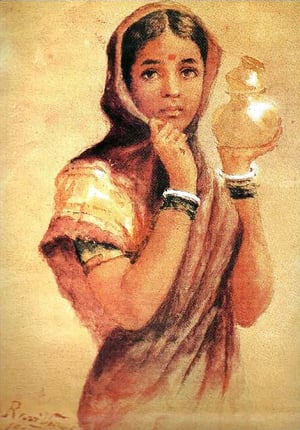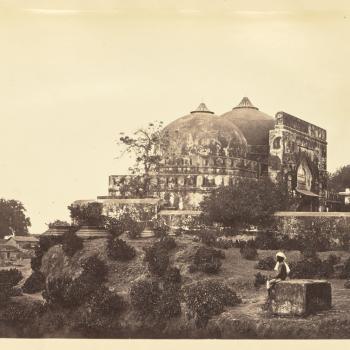This post is a look at how the British Raj decimated the South Indian weaving community. In the next post I will be looking at some of Tamil Nadu’s textiles and how they have declined in the last two centuries.
Since ancient times, textiles were important trade items exported from India. For example at Poompuhar, also called Kaveripoompattinam, located at the mouth of the Kaveri, fine cotton textiles, silks, painted and printed cottons, carpets and cushions were traded in vast quantities to Southeast Asia and ancient Rome. In Rome, Indian textiles were supposedly purchased for their weight in gold.
However, the Industrial Revolution gave rise to the English textile industry, and with the British conquest of the subcontinent, punitive measures were taken to reduce the competitiveness of Indian textiles and give British industry a boost.
By combining political and financial power, the British East India Company was able to raise its profit margins at the expense of weavers’ wellbeing.
In South India for example, prior to the entry of the Company, weavers had great leeway and bargaining rights with respect to merchant intermediaries. After British conquest however, the Company maintained a monopoly on textile purchase and later on, even placed tariffs on locally produced cloth, undermining the market power, mobility and the contractual flexibility of weavers.
By the 1800s, the Indian market was dominated by machine-made cloth from Manchester and Lancashire. A series of famines in India then sounded the death knell for Indian weaver. Lord Bentinck, the Governor of India in the 1830s, said that “the bones of the weavers are bleaching the plains of India.”













